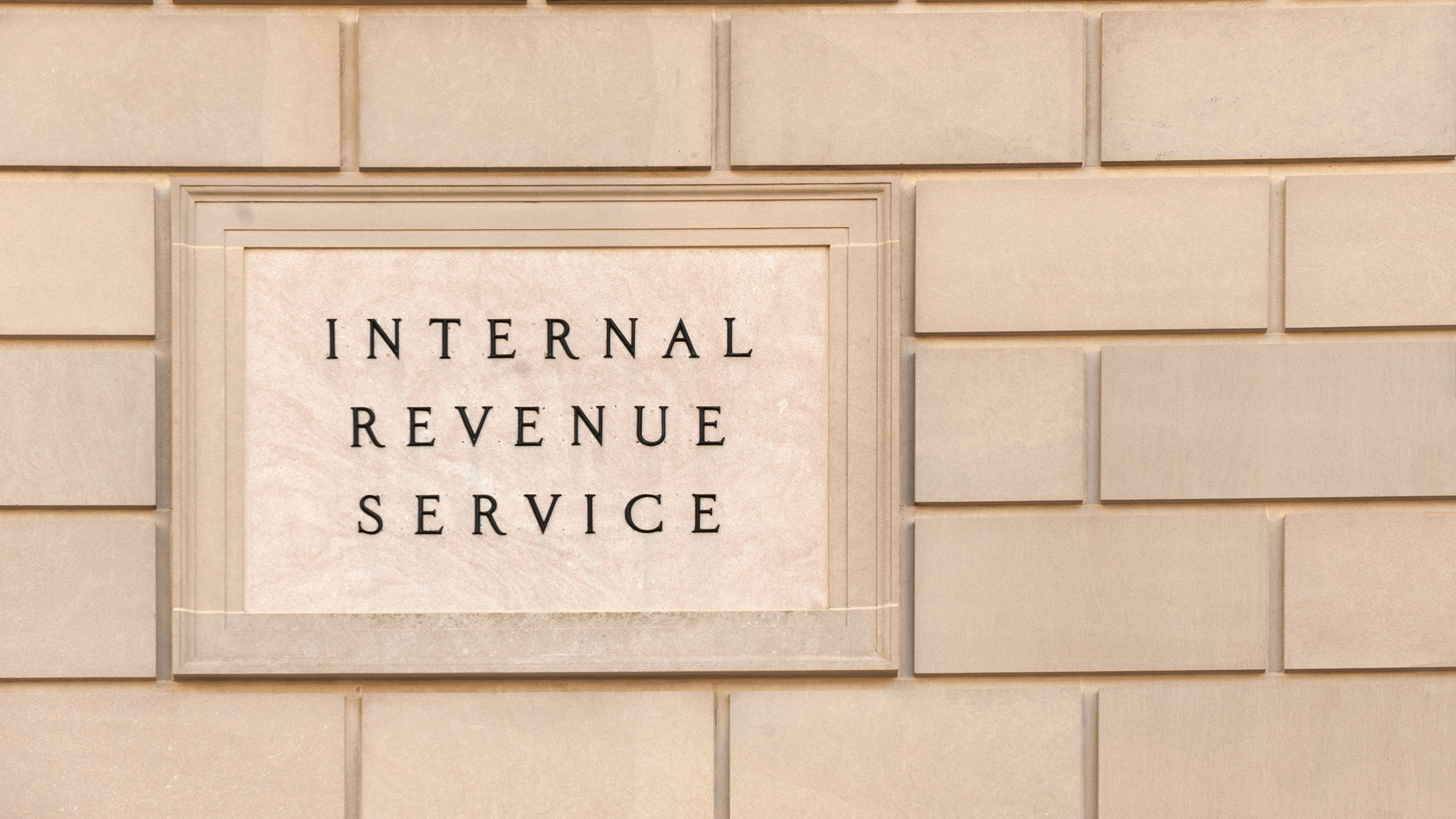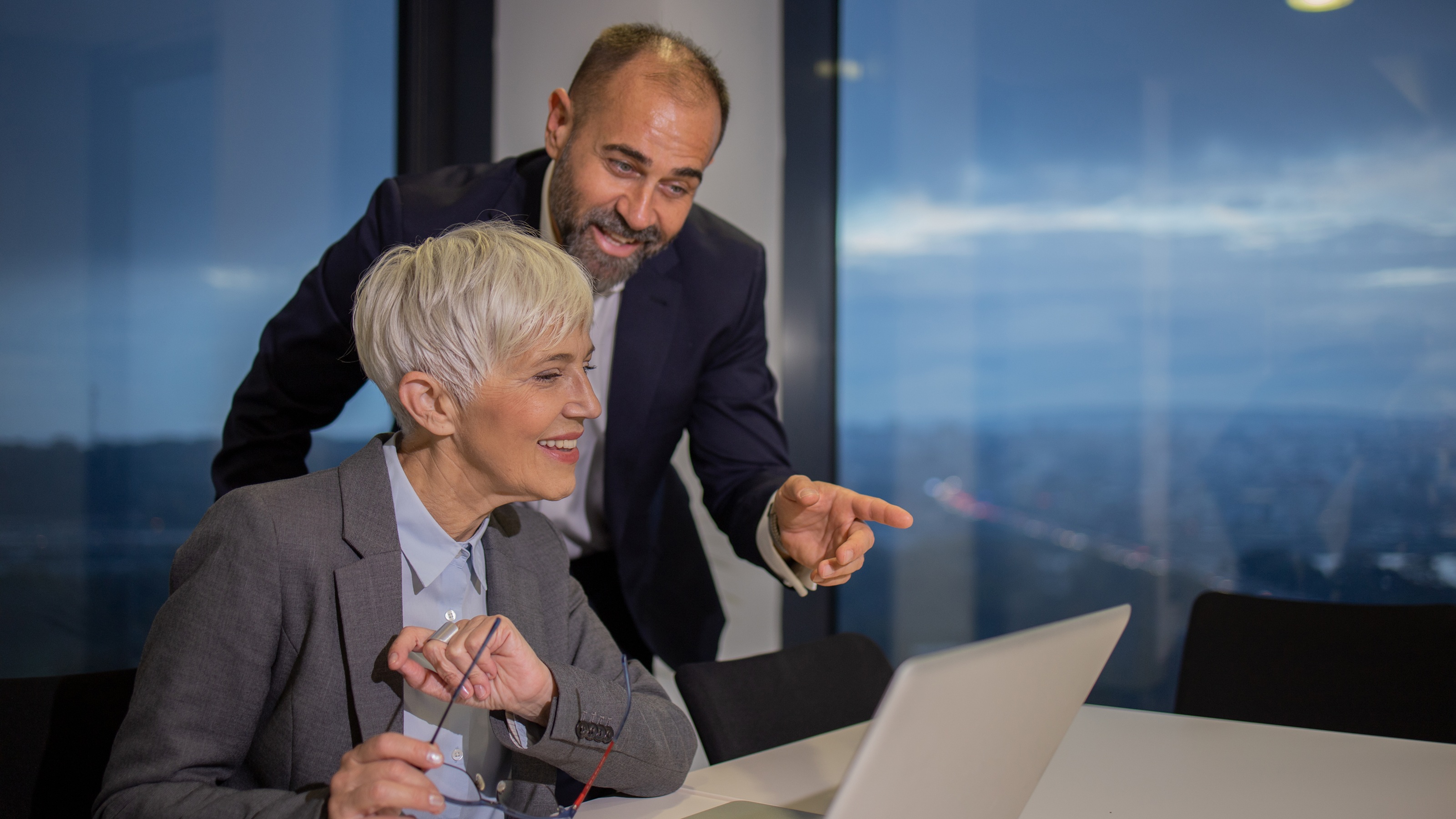Opportunity Cost or Opportunity Lost: What’s Your Risk Tolerance in a Down Market?
There's a cost in every choice you make. To make the best choices for yourself, you need to look at what you're getting and what you're giving up, and then factor in your own personal values.

Soda and chips – $5. It’s the kind of beckoning sign all of us have seen in the gas station window. The sugary, salty, zero nutrition temptation often proves too much for us — at least for me —and we suddenly find ourselves $5 poorer.
It’s an everyday example of what advisers call “opportunity cost” — the difference between the money spent and what could have happened with that money.
Instead of chips and a Coke, $5 could get you a movie download to watch with the kids, or another margarita if the money is diverted to your summer vacation fund. Every time you make a purchase, there is a cost of opportunity, financial and otherwise.
From just $107.88 $24.99 for Kiplinger Personal Finance
Become a smarter, better informed investor. Subscribe from just $107.88 $24.99, plus get up to 4 Special Issues

Sign up for Kiplinger’s Free Newsletters
Profit and prosper with the best of expert advice on investing, taxes, retirement, personal finance and more - straight to your e-mail.
Profit and prosper with the best of expert advice - straight to your e-mail.
Multiply that dollar amount by thousands, and you can see how the conversation is a bit more serious. Multiply your junk food purchases by thousands, and you’ll shorten your retirement considerably!
Opportunity cost is part of life, and as we navigate our way across some difficult financial terrain this year, we’re going to get a few bumped knees and find a few runs in our financial stockings. We need to account for and anticipate these strategic losses, and keep the larger picture in mind.
The Student Loan Example
Opportunity cost plays an important part in our financial behavior. Knowing our financial plan, and values that give it mooring can help us keep our opportunity costs in the right place and to a minimum.
One of the hardest financial itches to scratch in many Americans right now is student loans. Here I am, just starting my 40s, and I still have a student loan still on the books. I’m a financial adviser, how can I still have a student loan?
Easy. It’s a matter of opportunity cost and strategy. My student loan interest rate is 3% — slow-moving and slow-growing. The stock market long-term averages are around 9%. So for every dollar I put in my student loan versus into my investment accounts, there is an opportunity cost of 6%. Therefore, I’m going to prioritize investing and keep my student loan payments to a legal minimum.
Remember that Values, not Just Dollars, Drive Behavior
My choice of opportunity cost here is driven by my values. Personally, I’ve studied the markets and worked with them enough to know that long-term investing is the strategy I want to focus on. I’m emotionally at peace with having well-managed debt, in the form of student loans.
But I have friends who cannot stand to have even a dollar of debt. It makes them emotionally uneasy and distracts them from focusing on the big picture. Their compulsion will be to pay off or pay down the debt before they are able to focus somewhere else financially.
Pound for pound, when they consider the emotional energy burned up, rationally or otherwise, it makes sense for them to follow their values and pay their debt.
In a sense, we will lose opportunity cost either way, it’s just a matter of when. I will have to pay more interest on a longer student loan, and my friend will lose out on investing. I will end up with more dollars over time, but not without at least some cost.
The Exquisite Torture of Car Buying
The personal event I’m facing right now is car-buying. There are several creative medieval tortures I’d find more pleasant. From pushy sales people to hidden costs, I hate the process from the very beginning, but it’s necessary.
My current lease is up, and I don’t want to walk to work. That’s where opportunity cost comes in — it’s driven by necessity in this case, and I’m going to take some losses to get to my goal of having a vehicle.
I come to the lot with $30,000 I’ve managed to put together for a reliable four wheels to get me and my family around, nothing flashy. I have a few courses of action and opportunity cost associated with each choice I make.
Buy outright
I buy this sturdy vehicle free and clear. This frees up my monthly cash flow from having payments or lease installments. My opportunity cost: $30,000 gone.
Keep the money
High-yield money market accounts are paying around 2%. My opportunity cost: Not having a car!
Make a down payment and finance
It’s not breaking news that interest rates are pretty amazing right now. Dealers offer everything from 1.9% to 0% on loans. My opportunity cost: The initial $4,000 down payment.
Now, here’s where my personal preference and values come into play. The most attractive option I see is the third, which leaves me $26,000 to invest and make money on. Sure, there will be opportunity cost — I’ll pay more at the end of the five-year loan than I would if had I paid cash. I will also have the emotional irritant of a small debt and a monthly payment.
But, I think it will be worth it. I can live with managed debt, and I have enough faith in my investing ability to make $26,000 multiply in five years. Quarantine and virus news haven’t made this market very safe, so I could even put this money in cash and have it grow at least slightly. I could also half-and-half it between savings and investments, or dollar-cost average my way back into the market.
A Table Stake We Can Live With
Right now, emotions are running high. Any loss feels much worse than it is, and even the best gains don’t seem like much. If we are going to think and move strategically, there will be opportunity costs involved. But accepting that fact can free us up to work with our finances intelligently, knowing that markets recover and volatility passes.
Your risk tolerance is an important conversation with your adviser — how much risk can you live with? Your opportunity cost tolerance also needs to be factored in: How many eggs can you stand to break to make this souffle? This is a matter of knowing how finance works, but also of knowing yourself.
All of us, especially those in the high-net-worth category, will have to make some tough calls with some very real opportunity costs before this bear market is over. Knowing your values and tolerances now is vital to your preparation.
- Can you live with the cost of a Roth conversion now?
- Can you stick with your plan and stock/bond balance even when temporary sharp drops come along?
- Can you put off retirement for a year to lessen the sequence of returns risk?
Opportunity cost will be a larger part of life and financial planning in the near future, and it’s something we need to develop some comfort with. Accepting it can free up our minds and emotions for the strategy we’ll need in the days ahead.
Profit and prosper with the best of Kiplinger's advice on investing, taxes, retirement, personal finance and much more. Delivered daily. Enter your email in the box and click Sign Me Up.

Erin Wood has over two decades of experience humanizing financial planning. As SVP of Advanced Planning at AssetMark, Erin leads innovation for new wealth solutions, secures strategic industry relationships and oversees a team of specialists who work directly with advisers and their high-net-worth clients. Erin focuses on delivering tailored strategies for estate planning, tax efficiency, retirement planning and multigenerational wealth transfer to help financial advisers keep up with evolving client demands.
-
 5 Types of Gifts the IRS Won’t Tax: Even If They’re Big
5 Types of Gifts the IRS Won’t Tax: Even If They’re BigGift Tax Several categories of gifts don’t count toward annual gift tax limits. Here's what you need to know.
-
 The 'Scrooge' Strategy: How to Turn Your Old Junk Into a Tax Deduction
The 'Scrooge' Strategy: How to Turn Your Old Junk Into a Tax DeductionTax Deductions We break down the IRS rules for non-cash charitable contributions. Plus, here's a handy checklist before you donate to charity this year.
-
 IRS Says You Made a Tax Return Mistake? A New Law Could Help You Fight Back
IRS Says You Made a Tax Return Mistake? A New Law Could Help You Fight BackTax Law Updated taxpayer protections change what the IRS must explain on error notices and how long you have to respond.
-
 I'm a Tax Attorney: These Are the Year-End Tax Moves You Can't Afford to Miss
I'm a Tax Attorney: These Are the Year-End Tax Moves You Can't Afford to MissDon't miss out on this prime time to maximize contributions to your retirement accounts, do Roth conversions and capture investment gains.
-
 I'm an Investment Adviser: This Is the Tax Diversification Strategy You Need for Your Retirement Income
I'm an Investment Adviser: This Is the Tax Diversification Strategy You Need for Your Retirement IncomeSpreading savings across three "tax buckets" — pretax, Roth and taxable — can help give retirees the flexibility to control when and how much taxes they pay.
-
 Could an Annuity Be Your Retirement Safety Net? 4 Key Considerations
Could an Annuity Be Your Retirement Safety Net? 4 Key ConsiderationsMore people are considering annuities to achieve tax-deferred growth and guaranteed income, but deciding if they are right for you depends on these key factors.
-
 I'm a Financial Pro: Older Taxpayers Really Won't Want to Miss Out on This Hefty (Temporary) Tax Break
I'm a Financial Pro: Older Taxpayers Really Won't Want to Miss Out on This Hefty (Temporary) Tax BreakIf you're age 65 or older, you can claim a "bonus" tax deduction of up to $6,000 through 2028 that can be stacked on top of other deductions.
-
 Meet the World's Unluckiest — Not to Mention Entitled — Porch Pirate
Meet the World's Unluckiest — Not to Mention Entitled — Porch PirateThis teen swiped a booby-trapped package that showered him with glitter, and then he hurt his wrist while fleeing. This is why no lawyer will represent him.
-
 Smart Business: How Community Engagement Can Help Fuel Growth
Smart Business: How Community Engagement Can Help Fuel GrowthAs a financial professional, you can strengthen your brand while making a difference in your community. See how these pros turned community spirit into growth.
-
 In 2026, the Human Touch Will Be the Differentiator for Financial Advisers
In 2026, the Human Touch Will Be the Differentiator for Financial AdvisersAdvisers who leverage innovative technology to streamline tasks and combat a talent shortage can then prioritize the irreplaceable human touch and empathy.
-
 How Financial Advisers Can Deliver a True Family Office Experience
How Financial Advisers Can Deliver a True Family Office ExperienceThe family office model is no longer just for the ultra-wealthy. Advisory firms will need to ensure they have the talent and the tech to serve their clients.